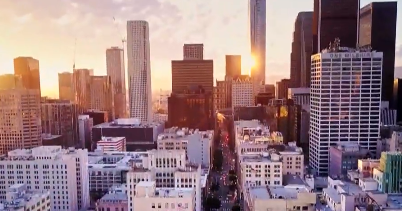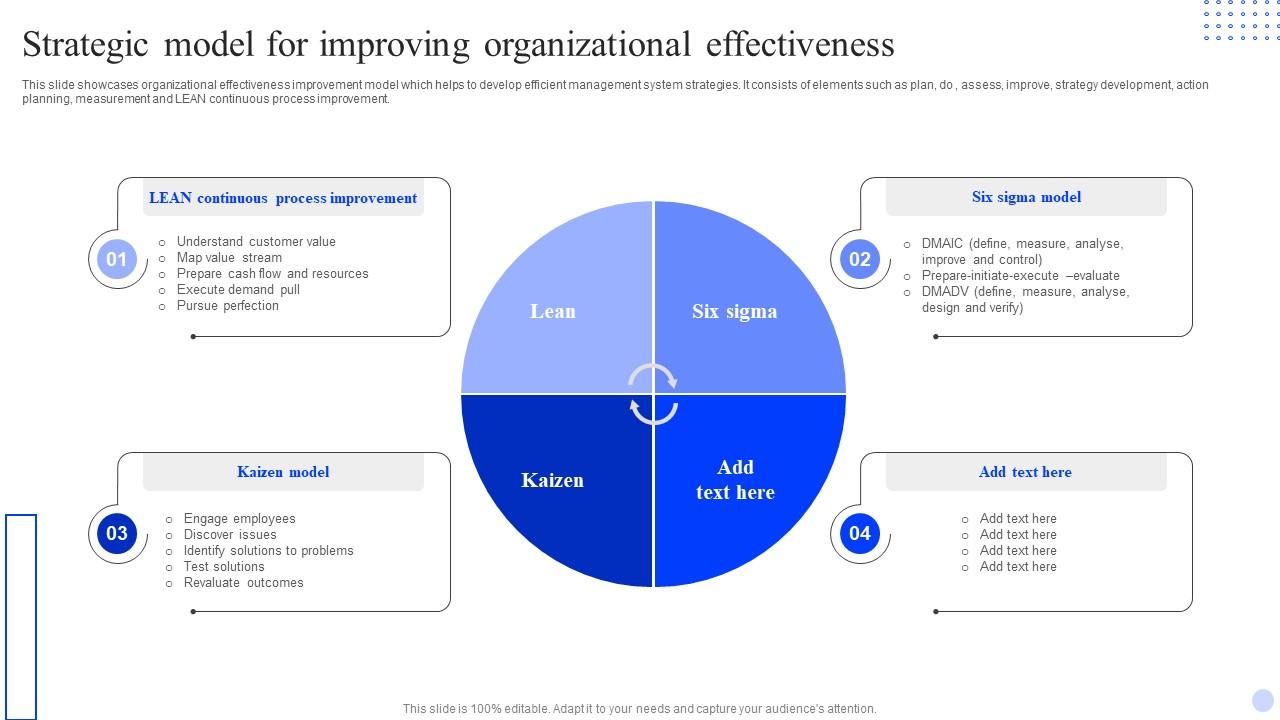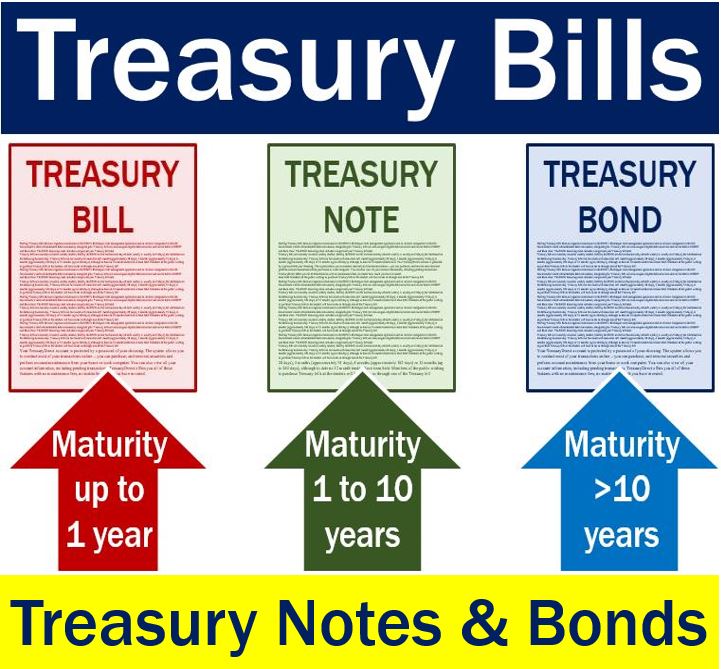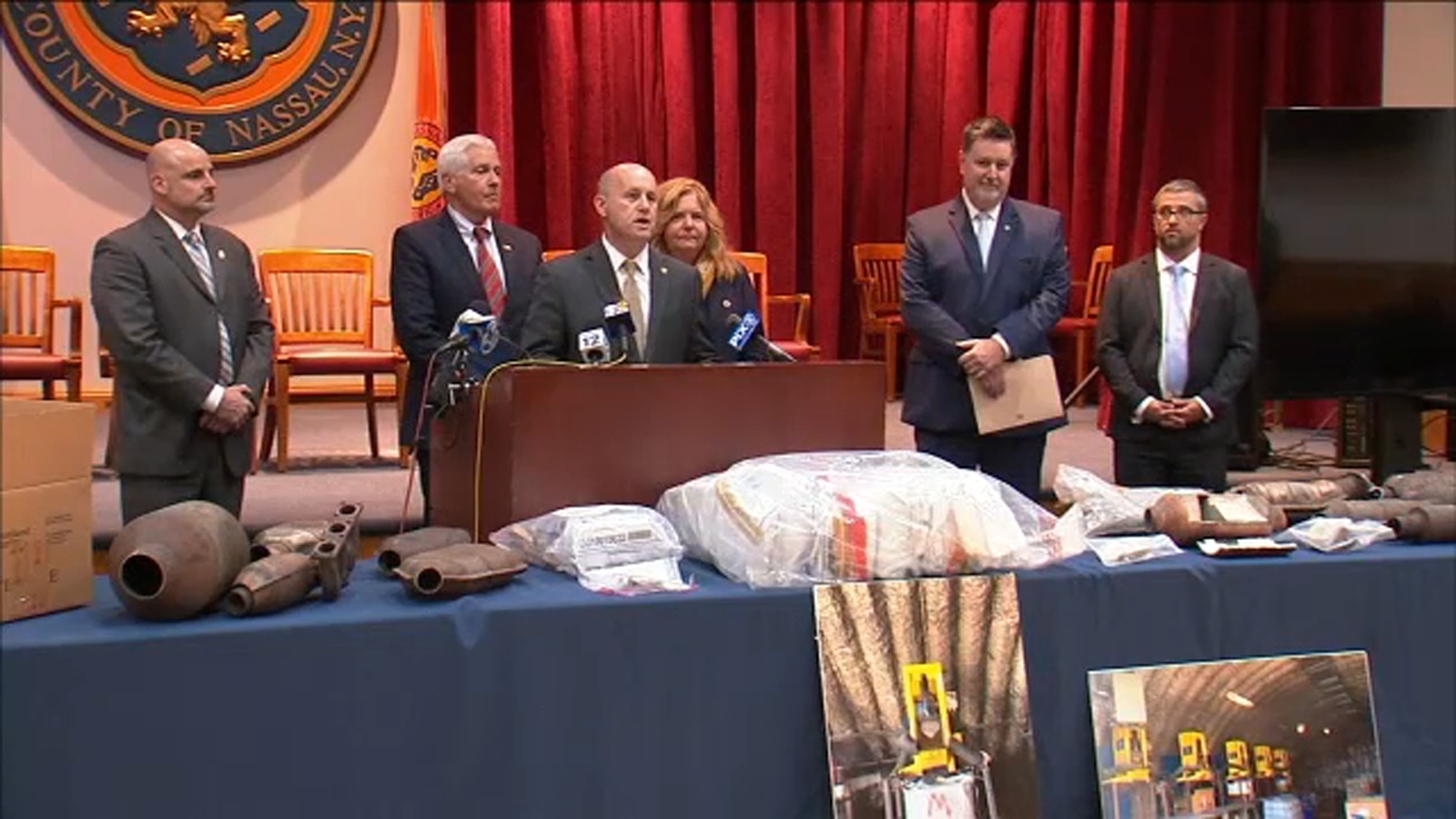Chicago's Office Market Meltdown: The Rise Of Zombie Buildings

Table of Contents
Causes of Chicago's Office Market Meltdown and the Rise of Zombie Buildings
The rise of zombie buildings in Chicago isn't a single event but a confluence of factors impacting the city's commercial real estate landscape. These factors have created a perfect storm leading to high vacancy rates and struggling property owners.
The Impact of Remote Work
The COVID-19 pandemic accelerated a pre-existing trend: the shift to remote and hybrid work models. This dramatic change has significantly reduced the demand for office space, particularly in Chicago's central business district (CBD) and surrounding areas.
- Vacancy Rates Soar: Post-pandemic, Chicago has seen a substantial increase in office vacancy rates, surpassing pre-pandemic levels in many areas. Reports indicate some buildings experiencing vacancy rates above 20%.
- Decreased Occupancy: Even occupied buildings often operate at significantly reduced occupancy levels, with many employees working remotely several days a week.
- High-Profile Examples: Several prominent Chicago office buildings, once symbols of the city's economic prowess, are now struggling with high vacancy rates, highlighting the severity of the situation.
Rising Interest Rates and Economic Uncertainty
The Federal Reserve's efforts to combat inflation have led to significantly higher interest rates, impacting the commercial real estate market profoundly.
- Financing Challenges: Increased interest rates make it more expensive for property owners to refinance existing loans, placing a strain on their finances. Many are finding it difficult to meet their debt obligations.
- Lease Hesitancy: Economic uncertainty makes businesses hesitant to commit to long-term office leases, preferring more flexible options. This further contributes to high vacancy rates.
- Decreased Investment: The risk associated with commercial real estate investments in the current climate is deterring potential buyers and investors.
Lack of Redevelopment and Adaptive Reuse
Converting older office buildings into other uses – residential, hospitality, or mixed-use – presents significant challenges in Chicago.
- Zoning Regulations: Strict zoning regulations and bureaucratic hurdles often hinder redevelopment efforts, making the process lengthy and expensive.
- Construction Costs: High construction and renovation costs can make adaptive reuse projects financially unviable for many developers.
- Successful Examples Elsewhere: Other cities have successfully repurposed aging office buildings, demonstrating the potential for such projects. Chicago needs to learn from these successes and streamline its processes.
Consequences of the Increasing Number of Zombie Buildings in Chicago
The proliferation of zombie buildings carries significant consequences for the city, impacting its economy, neighborhoods, and environment.
Negative Impact on City Revenue
High vacancy rates directly translate to significant losses in property tax revenue for the city.
- Reduced Tax Base: Vacant buildings contribute nothing to the city's tax base, straining city budgets and impacting essential services.
- Strain on Infrastructure: Maintaining infrastructure in areas with numerous vacant buildings becomes more challenging, leading to deferred maintenance and potential disrepair.
Neighborhood Blight and Decline
Vacant buildings create a negative visual impact, often leading to a decline in surrounding neighborhoods.
- Safety Concerns: Unoccupied buildings can become havens for crime and vandalism, impacting residents' safety and well-being.
- Reduced Property Values: The presence of zombie buildings negatively affects property values in surrounding areas, discouraging investment and further contributing to neighborhood decline.
- Impact on Local Businesses: The decreased foot traffic and overall decline of a neighborhood can severely impact the viability of local businesses.
Environmental Concerns
Unoccupied buildings represent significant energy waste and potential environmental hazards.
- Energy Consumption: Vacant buildings continue to consume energy, contributing to carbon emissions and increased utility costs.
- Deferred Maintenance: Lack of maintenance can lead to building deterioration, posing environmental risks such as asbestos exposure or structural instability.
Potential Solutions and Future Outlook for Chicago's Office Market
Addressing the issue of zombie buildings in Chicago requires a multi-pronged approach involving government, the private sector, and the community.
Government Incentives and Policies
Targeted government interventions can incentivize building conversions and renovations.
- Tax Breaks: Offering tax breaks or other financial incentives can encourage developers to undertake adaptive reuse projects.
- Zoning Reform: Streamlining zoning regulations and reducing bureaucratic hurdles can expedite redevelopment efforts.
Private Sector Initiatives
Developers and investors have a crucial role to play in revitalizing vacant buildings.
- Creative Repurposing: Innovative strategies are needed to transform these buildings into viable and attractive spaces. This includes exploring various uses beyond traditional offices.
- Investment in Infrastructure: Investing in building upgrades and modern amenities can increase the attractiveness of these properties for potential tenants.
Embracing Flexible Workspace Solutions
The evolving work landscape demands adaptable office spaces.
- Co-working Spaces: Co-working spaces and flexible office solutions can cater to the changing needs of businesses and workers.
- Adaptable Designs: Office buildings should be designed with flexibility in mind, allowing for easy reconfiguration to meet changing demands.
Conclusion: Addressing Chicago's Office Market Meltdown and the Rise of Zombie Buildings
Chicago's office market meltdown and the rise of zombie buildings are complex issues stemming from remote work adoption, economic uncertainty, and regulatory challenges. The consequences extend beyond financial losses, impacting neighborhoods, the environment, and the city's overall image. Addressing this requires a collaborative effort. Government incentives, private sector investment in creative repurposing, and a shift towards flexible workspace solutions are crucial. By working together, we can revitalize these vacant buildings and prevent further decline in Chicago's office market. We encourage you to engage in the conversation, learn more about the issue via resources like [link to city council website] and [link to real estate report], and advocate for solutions to prevent the further rise of zombie buildings in our city. Let's work together to address Chicago's office market meltdown.

Featured Posts
-
 5 Dos And Don Ts Succeeding In The Private Credit Job Market
Apr 29, 2025
5 Dos And Don Ts Succeeding In The Private Credit Job Market
Apr 29, 2025 -
 Ukraine War North Koreas Admission Of Troop Deployment To Russia
Apr 29, 2025
Ukraine War North Koreas Admission Of Troop Deployment To Russia
Apr 29, 2025 -
 Middle Management A Vital Link For Organizational Effectiveness And Employee Growth
Apr 29, 2025
Middle Management A Vital Link For Organizational Effectiveness And Employee Growth
Apr 29, 2025 -
 Understanding The Treasury Market Shift Insights From April 8th
Apr 29, 2025
Understanding The Treasury Market Shift Insights From April 8th
Apr 29, 2025 -
 Ray Epps Sues Fox News For Defamation Jan 6th Capitol Attack Allegations
Apr 29, 2025
Ray Epps Sues Fox News For Defamation Jan 6th Capitol Attack Allegations
Apr 29, 2025
Latest Posts
-
 Cybercriminal Accused Of Millions In Office365 Executive Account Hacks
Apr 29, 2025
Cybercriminal Accused Of Millions In Office365 Executive Account Hacks
Apr 29, 2025 -
 Office365 Executive Inboxes Targeted Millions Stolen Authorities Say
Apr 29, 2025
Office365 Executive Inboxes Targeted Millions Stolen Authorities Say
Apr 29, 2025 -
 Navigating The Difficulties Of All American Production
Apr 29, 2025
Navigating The Difficulties Of All American Production
Apr 29, 2025 -
 Why Domestic Manufacturing In The Us Remains A Challenge
Apr 29, 2025
Why Domestic Manufacturing In The Us Remains A Challenge
Apr 29, 2025 -
 The Struggle To Create All American Products A Realistic Look
Apr 29, 2025
The Struggle To Create All American Products A Realistic Look
Apr 29, 2025
